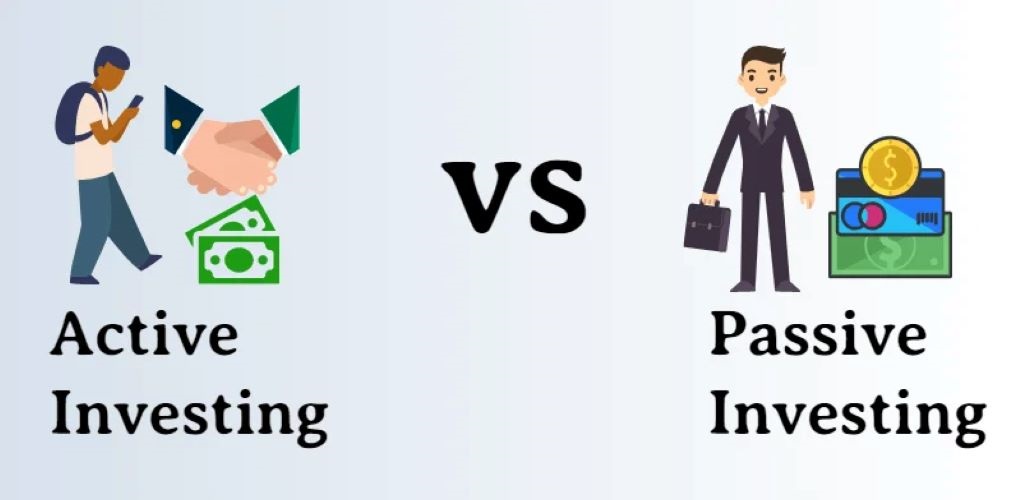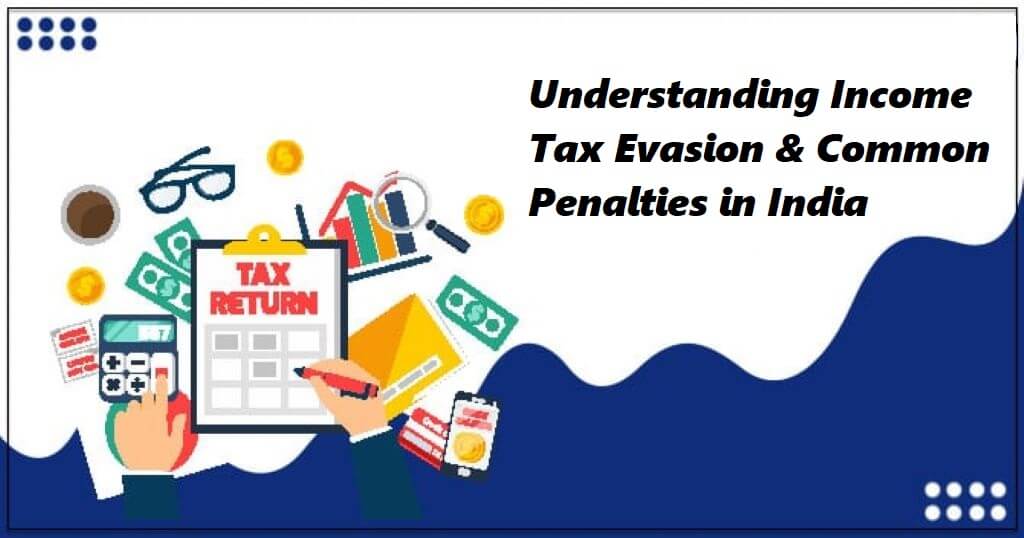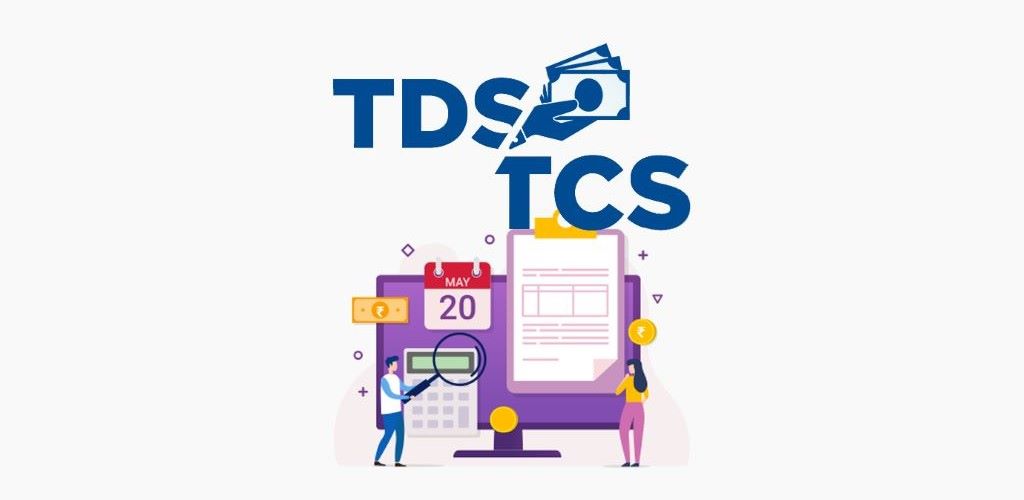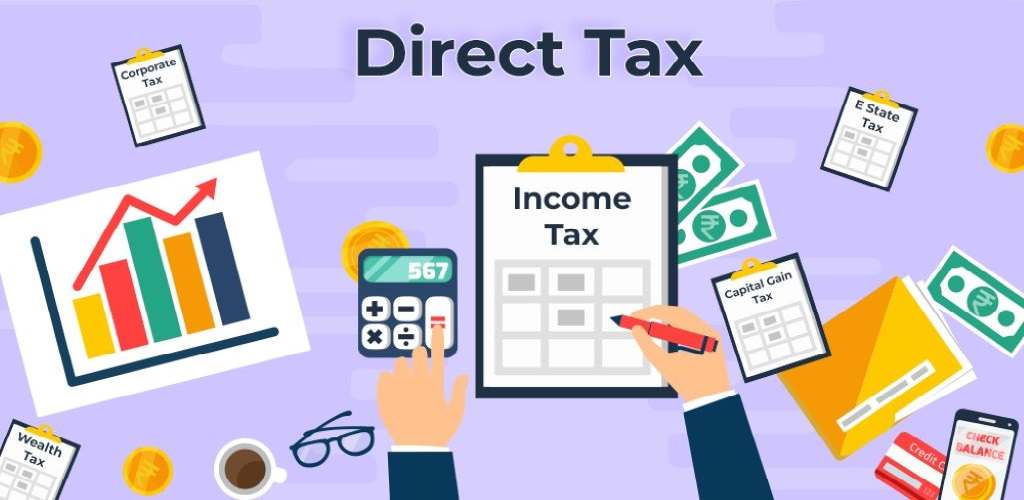In today’s unpredictable market, investors are constantly finding ways to grow their wealth while also making sure they don’t face too many risks. And a major debate has split the investment world for years: active vs. passive investing. While both types of investment strategies aim to create and maximize wealth, they differ significantly in their methodologies, risk profiles, flexibility, and costs involved, to name a few.
Each strategy comes with its own set of unique features, advantages, and drawbacks, and deciding between the two can be highly confusing, especially for new investors. Therefore, a clear understanding of the differences between active and passive investing is crucial for investors to make informed choices.
In this post, we will explore the pros and cons of the two investment strategies and shed light on their key differences.
Defining Active & Passive Investing
Active investing is an approach where investors make frequent decisions about buying and selling investments. The primary goal is to outperform the overall market or a specific benchmark. Active investors and fund managers analyze market trends, study and follow the company’s performance closely, and use their future views to make smart investment decisions.
A perfect example of active investing is ‘equity mutual funds’, where fund managers are responsible for deciding which fund will go in and out.
On the other hand, passive investing is a more relaxed approach. Contrary to beating the overall market, passive investing primarily aims to match or replicate the performance of a group of assets or a specific market index. Instead of actively buying and selling stocks or bonds, passive investors invest in exchange-traded funds (ETFs) or index funds. They follow a more hands-off approach by buying or selling, regardless of how the market is performing.
One of the best examples of passive investing is buying an index fund that follows the ‘S&P 500’. The index fund will replicate the performance of the S&P 500.
Key Differences Between Active & Passive Investing
| Parameters | Active Investing | Passive Investing |
| Investment Objectives | To outperform or beat the market | To match or replicate the performance of the market |
| Investment Strategy | Frequent buying and selling strategy | Buy and hold strategy |
| Expense Ratio | Higher expense ratio | Lower expense ratio |
| Transaction Frequency | Higher frequency | Comparatively lower frequency |
| Costs Involved | Higher operating costs | Lower operating costs |
| Flexibility | Higher flexibility | Limited flexibility |
| Expertise Required | Superior and highly professional skills are required to identify and evaluate prices, opportunities, risks, and more | Requires less research and analysis as compared to active investing |
| Return Potential | Higher returns | Lower returns |
| Risk Profile | Hazardous due to individual selection | Lower risk due to portfolio diversification |
| Examples | Equity mutual funds, hybrid funds, debt mutual funds, etc. | ETFs, mutual funds, index funds, etc. |
Advantages Of Active Investing
From higher returns to wider flexibility options, active investing offers a range of opportunities for investors to grow their wealth strategically. Here are some of the key advantages of active investing:
Flexibility:
Since active investing involves a frequent ‘buying and selling’ approach, active investors have the flexibility to adjust their portfolios according to how the market and economy are performing. Due to this freedom, active funds are highly popular among professionals in the realm of active vs. passive funds.
Since investors are not tied to specific investment options, they can decide whether to keep their money in a particular investment option or move it to wherever they see a chance for it to grow. This means that the portfolios of active investors can be customized frequently as per investor’s risk appetites, interests, and financial objectives. This facility allows investors to outperform even in times of utmost economic decline.
Allows Hedging:
When considering active vs. passive investing, active investors, unlike passive investors, can use various trading strategies, such as ‘hedging with options’ (involves taking a position in another asset that moves in the opposite direction to reduce the loss) or ‘shorting’ (when an investor sells a stock or security that he does not own), to handle risks and improve their chances of doing better than the overall market.
For instance, a company, that relies on product X, can use a hedging strategy to protect itself from the price increase of X in the future. Similarly, active investors can use this strategy to save their investments against market volatility. In contrast, passive investors are limited to the stocks within the index they track. While hedging can provide an ultimate level of protection in active investing, it’s important to note that it comes with its own costs and complexities.
Above-Market Returns:
Active investing gains more money than what the overall market generally earns. This outperformance, as discussed earlier, is the primary goal of active investors who manage their portfolios in a manner to generate higher returns.
Since these investors select the right securities and cautiously observe market entries and exits, they are highly skilled in the decision-making process. Moreover, they do thorough research and analysis of assets, stocks, and more, which helps them to identify investment opportunities that could lead to higher returns. All these tips followed by active investors provide them with above-average returns.
Opportunity For Income Generation:
Active investing also offers opportunities for income generation through various ways, such as dividend-paying stocks, interest-bearing investment options, real estate investments, options trading, or other assets. Actively managed portfolios usually include stocks of various companies that pay regular dividends. When investors put money in such stocks, these dividends are provided to them as a steady stream of income.
Similarly, ‘interest-bearing investment options’ generate income through regular interest payments, ‘real estate investments’ generate income by renting out properties, and with ‘options trading’, one can generate income through premiums.
Disadvantages Of Active Investing
After understanding the advantages of active investing, let’s dive into its prominent drawbacks:
Very Expensive:
Active investing involves more frequent trading, which ultimately leads to more transaction costs, including brokerage fees and taxes. Also, when considering the active vs. passive fund management fees, active investing typically has higher fees because it requires a lot of research, analysis, and trading decisions, resulting in higher expense ratios.
All such charges can kill returns that have been accumulated over decades or more in the investment. Some actively managed funds may also charge performance-based fees when the fund outperforms a specific benchmark. While the fund’s outperformance aligns with the interest of investors, it can add to the overall expense.
Increased Risk:
Active managers are free to buy any investment that they think would provide higher returns. However, there is no guarantee of consistently beating the market even if active investors and fund managers try their best. Active investing is great when analysts are right about the predictions of fund performance.
But if investment zigs, analysts become wrong, which can lead to catastrophic losses. Various data indicate that only a minimal number of actively managed portfolios outperform their benchmarks. In fact, over moderate to extended periods, only a limited number of actively managed funds accomplished to exceed the performance of their benchmark index.
Requires Time, Effort, & Struggles:
Active investing is certainly not for people with weak hearts, limited time, and confined expertise. It is highly demanding. Successful active investors need to continuously research, evaluate, and monitor their investments to stay ahead of market trends. Despite thorough research and evaluation, they may not have access to the same level of information as market insiders. Thus, they need to rectify this informational problem, which can put them at a greater risk.
Moreover, in the rivalry of active vs. passive investing, active investing can be emotionally challenging, especially during periods of market fluctuations. The constant pressure to beat the market, make wise decisions, and tackle potential losses, can lead to anxiety, stress, and emotional decision-making. Influenced by market sentiments, investors may also follow the crowd, leading to herding behavior. This, in turn, can result in portfolio crashes.
Lack Of Diversification:
Various active management strategies, such as ‘market timing’ or ‘stock picking’, may involve putting a lot of money in just a few investment options. Many active investors also believe that they should focus on a small number of investments to receive superior returns in the future. ‘Diversification’, a key principle in risk management strategy, is often overlooked by active investors, which makes them more at the risks associated with those specific assets.
If the selected investments underperform, the entire portfolio may suffer drastic losses. Also, if various unexpected events occur in the market, such as economic downturn and certain types of stocks performing poorly, the portfolio becomes more vulnerable to crashes since it is not a diversified one. In contrast, if investors generate a diversified portfolio, they are more likely to withstand extreme market conditions because the losses in one area may be balanced by gains in another.
It’s important for potential investors to closely consider these drawbacks and assess their own risk tolerance, investment goals, and time commitment before getting involved in active investing.
Advantages Of Passive Investing
Here are some of the key benefits offered by passive investing:
Less Expensive:
Passively managed funds generally have lower expense ratios as compared to actively managed funds. This is because they just replicate the performance of an index rather than outbeating the market.
There is also less need for extensive research, evaluation, analysis, and trading, resulting in reduced costs. Moreover, investors do not pick stocks in passive investing, which means that oversight is much less expensive.
Increased Transparency:
Transparency is a key benefit of passive investing. From tracking benchmarks and errors to rebalancing policies and disclosing holdings, passive investing ensures that what you see is what you get and experience.
Moreover, the information regarding the portfolio weightings and expense ratios of each passive fund is readily available, providing investors with deep insights into how much exposure or opportunities they have with different sectors or companies. The regular reporting feature of passive investing, which involves the sharing of NAV (net asset value) and other important metrics, also increases the clarity. Active investing, on the other hand, does not always offer this level of transparency, much is left to the managers who may even hide some information and techniques from the common people to preserve a competitive edge.
High Diversification & Low Risks:
Since passive investments usually track broad market indices (which include a broad range of stocks, bonds, or other securities), they are often higher in diversification. As passive investors are exposed to various assets within a single investment, they face fewer risks from stocks that don’t perform well.
This diversification can also help investors in the long run. We know that passive investors follow a buy-and-hold approach to investing. Due to this, their investments can benefit from the compounding effects and overall growth of the market. Thus, in the context of active vs. passive investing, diversification should be prioritized more than any other aspect.
Tax Efficiency:
Passive investing is more likely to be tax efficient than active investing. This is due to various reasons, such as low portfolio turnover (when you don’t change your portfolio often, it’s called ‘low portfolio turnover’) and reduced payouts from gains, all ultimately leading to tax savings. Low portfolio turnover reduces the probability of ‘short-term capital gains’, which are generally taxed at higher rates than long-term capital gains.
In addition, these types of funds hold onto investments for a long time, which reduces the possibility of selling them for trading purposes. Since fewer capital gains are achieved within the fund, fewer profits are distributed to the investors. So, investors have to pay less taxes since capital gain distributions are generally taxable.
Reduced Emotional Setbacks:
Passive investors have less emotional burden as they are not involved in frequent buying and selling decisions. They can assess the market consistently and make rapid adjustments. They hold on to their investments for an extended period, which means they are less likely to get upset and make impulsive decisions when the market goes up and down.
As already discussed earlier, passive funds are typically transparent and stable, have a lower risk of volatility in performance, and involve lower costs. All such aspects prevent investors from experiencing emotional setbacks and help them stay disciplined with their long-term savings.
Disadvantages Of Passive Investing
While passive investing has gained popularity for its cost-effectiveness and transparent nature, it does come with some cons that one should know. Here are some potential drawbacks of passive investing:
Small Returns:
In the debate of active vs. passive fund performance, passively managed funds aim to only replicate (not to beat) the performance of a particular market index. They are limited to a specific index and investors are bound to these holdings, irrespective of market developments or downfalls. There may be funds that beat the market, but they will hardly offer significant returns to their investors.
Moreover, passive funds automatically include all the assets that come under the index without even considering their individual performance. This simply means that investors cannot avoid poorly performing assets in their portfolio that may drag down overall returns. That’s another reason why they have limited potential to outperform the market.
Lack Of Flexibility:
As passive investing adheres to a predefined set of rules, it offers less flexibility in comparison to active investing. A passive fund follows the composition of the index and any changes in the index will be automatically reflected in the fund’s holdings. This simply means that investors cannot make any decision to adjust their portfolios based on evolving market conditions or individual preferences.
Moreover, there is no exit option in a period of sharp market declines because passive investing is designed for the long term. Although historical trends show market recoveries, there is no guarantee that the market will recover swiftly in the future. In such cases, investors should give importance to regularly revising their asset allocation over the long term.
Risk Of Tracking Errors:
While replicating the performance of an index or benchmark, passive funds may experience some divergence in performance known as ‘tracking errors’. Factors like transaction costs and liquidity issues can make it hard for a fund to exactly copy the index.
Moreover, when a portfolio is rebalanced, i.e., brought back to its asset allocation, it can cause a tracking error. This happens because rebalancing requires the buying and selling of securities to make a perfect mix. If the investor does not do this at the right time or frequency, the portfolio might not match the index or benchmark well. Similarly, any changes in the index methodology make it difficult for the passive fund to adjust its holdings accordingly. This can also result in tracking errors, especially if the fund and the index do not align with such changes.
No Flashy Returns:
If you are looking to experience the thrill that comes from superior returns from an individual stock, then passive investing is certainly not for you. This type of investing follows a more conservative and steady approach. They provide ‘steady and moderate returns’ rather than ‘rapid gains’ and ‘long-term stability’ rather than ‘short-term excitement’.
What’s The Takeaway?
In conclusion, both active and passive investing play a significant role in managing investments. Active management tries to beat the market to make more money, while passive management aims to match the market’s performance by following a specific index.
Knowing the key points of active vs. passive investing, i.e., the key differences between active and passive investing, can help you make smart investment choices by reducing the chances of losing money and increasing the probability of sufficient returns. Investors can also think of using both investing strategies to get the best of both worlds. Having said that, the right investment strategy is the one that fits your goals, timeline, and priorities – and the one you feel comfortable and confident sticking with for a long time.








